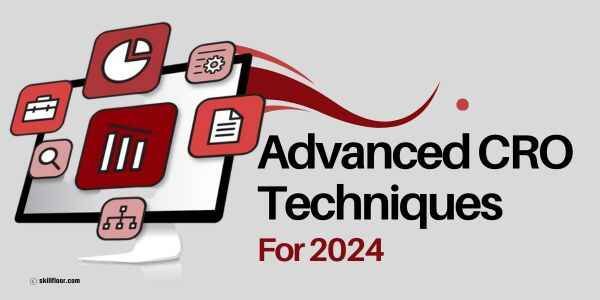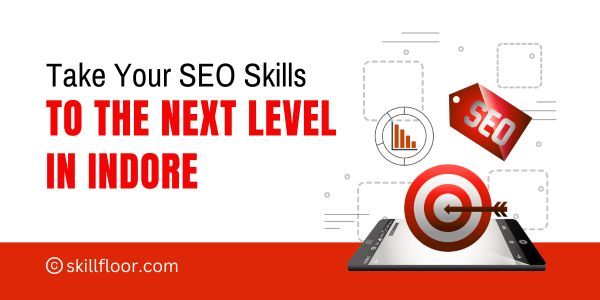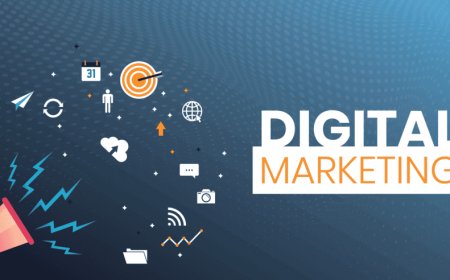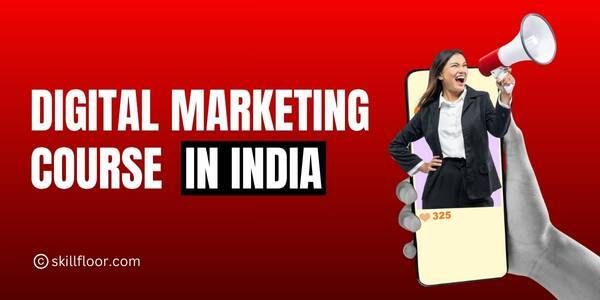Advanced Conversion Rate Optimization Techniques for 2024
Maximize your conversions in 2024 with innovative CRO techniques. Explore AI personalization, predictive analytics, and user engagement strategies.

Conversion Rate Optimization (CRO) has become essential for businesses. CRO helps you turn more website visitors into customers by improving the user experience and understanding what makes them convert. Over the years, CRO has developed, and now in 2024, it’s more advanced than ever.
I’ve been in digital marketing for years, and I can tell you—what used to work just a couple of years ago is no longer enough. People expect faster, personalized experiences online. To boost conversions, you need to use advanced techniques that take advantage of new tools and technologies.
Need for a Strategic CRO Plan
The problem is, that many businesses struggle to keep up with these changes. You might be doing A/B tests or tracking basic metrics, but that’s not going to cut it in 2024. The advanced strategies can seem complicated, and without a plan, you could end up wasting time and resources.
what are these advanced CRO techniques?
I’ll walk you through some of the best advanced CRO techniques for 2024, how they work, and give you practical tips on how to use them. Let’s dive in.
1. AI-Powered Personalization
In 2024, personalization isn’t just about using a visitor’s name in an email—it’s about tailoring the entire experience for each user. AI-powered tools can help with this by analyzing a user’s behavior in real-time and delivering personalized content, product suggestions, or offers based on what they’re interested in.
For example, if someone spends a lot of time looking at specific products, AI can automatically show them related products or suggest a discount on those items when they return to your site. This makes the experience more relevant and increases the chances of them converting.
Additional Tip
You don’t need to have a large team to implement AI tools. Platforms like Dynamic Yield and Monetate can help you set up AI-driven personalization without needing deep technical knowledge.
2. Predictive Analytics
Predictive analytics takes things a step further by using machine learning to forecast what users will do next. Instead of just reacting to what your users are doing, you can anticipate their next move.
For example, if someone frequently visits your pricing page but doesn’t make a purchase, predictive analytics can flag them as a high-potential customer. You could then target them with a special offer or personalized message to encourage them to buy.
Additional Tip
Tools like Google Analytics 360 or HubSpot have built-in predictive features that help you understand your users better. Use this data to create targeted marketing campaigns that speak directly to the needs of each visitor.
3. Relevant Content
Dynamic content allows you to show different versions of your website or landing page depending on who’s visiting. It’s an excellent way to make sure that each visitor sees the most relevant content for them, which can boost engagement and conversion rates.
For example, if a visitor comes from an ad targeted at business owners, your page can automatically show business-related content. Another visitor might see content focused on consumers, even though they’re on the same page.
Additional Tip
Start small by using dynamic content on landing pages or email campaigns. Unbounce and Optimizely are good tools to help you get started with this. You can change headlines, images, and calls-to-action (CTAs) based on who’s viewing.
4. Optimizing for Voice Search
Voice search is on the rise with devices like Alexa, Google Assistant, and Siri becoming more popular. This means that people are using more conversational language when searching for things online.
If your website isn’t optimized for voice search, you’re missing out on potential traffic. Focus on creating content that answers questions directly and use long-tail keywords—phrases that sound like something someone would say rather than type.
For example, instead of optimizing for “best running shoes,” you’d optimize for “What are the best running shoes for marathon training?”
Additional Tip
Use structured data (Schema markup) to make your content more accessible for search engines and voice devices. This helps Google and other platforms pull your content into featured snippets, which are often used in voice search results.
5. Tracking Micro-Conversions
Don’t just focus on the final purchase as your only conversion goal. Micro-conversions are small actions that lead up to the main goal, like signing up for a newsletter, clicking on a product, or downloading a whitepaper.
By tracking these micro-conversions, you can see how users are engaging with your site and where they might be dropping off. This helps you tweak your CRO strategy at every stage of the customer journey, not just at the checkout page.
Additional Tip
Tools like Google Analytics allow you to track micro-conversions. Define these smaller actions that show user engagement and optimize those touchpoints to increase the likelihood of final conversion.
6. Augmented Reality (AR)
AR is a powerful tool to help potential customers visualize products before they buy. This is especially useful for industries like retail, furniture, and cosmetics, where customers want to see how a product will look or work in real life before committing.
For instance, AR tools let users try on clothes virtually or see how a piece of furniture will look in their home. This added level of engagement can lead to higher conversions.
Additional Tip
Explore platforms like Zakeke or Threekit that offer AR solutions for E-Commerce. These tools don’t require a huge investment in development and can significantly enhance the user experience.
7. Behavioral Segmentation
Traditional segmentation uses demographics like age or location, but behavioral segmentation takes things further by grouping users based on how they interact with your site. You can target people who spend a lot of time on a particular page or who return to your site multiple times without converting.
By analyzing behavior in real-time, you can offer personalized experiences that are more relevant to each user’s journey. For example, if a user frequently checks out your product reviews but hasn’t bought anything, you can serve them content like “Why Customers Love Our Products” to nudge them closer to purchase.
Additional Tip
Use tools like Mixpanel or Segment to set up behavioral segmentation. These platforms help you track how users interact with your site and allow you to serve personalized content based on their actions.
8. Advanced Heatmaps and Session Recordings
Heatmaps and session recordings show you how users interact with your site. Heatmaps display where people click, scroll, and spend the most time, while session recordings let you watch user journeys in real time.
By analyzing this data, you can figure out what’s working and what’s not. For example, you might find that users are ignoring your call-to-action button because it’s in a spot that’s hard to see.
Additional Tip
Tools like Hotjar or Crazy Egg offer advanced heatmap and session recording features. Use these insights to test different layouts and placements of key elements like buttons, forms, and images to improve conversion rates.
9. Zero-Party Data Collection
With privacy regulations like GDPR, collecting data has become trickier. That’s why zero-party data is becoming more valuable. This is data that users voluntarily share with you—like their preferences, interests, or needs.
You can collect this data through interactive content like quizzes, surveys, or product recommendation tools. Since users are willingly sharing this information, it’s usually more accurate and helps you build trust with your audience.
Additional Tip
Use tools like Typeform or Outgrow to create engaging quizzes or surveys that collect valuable zero-party data. Use this information to tailor your marketing messages and product recommendations for better results.
10. Automation for Real-Time CRO
Automation tools are a great way to keep your site optimized without needing to manually adjust things all the time. With real-time automation, you can make changes based on user behavior, such as showing pop-ups or offering discounts to visitors who are about to leave the site.
For example, if someone adds items to their cart but doesn’t check out, an automated message could offer them a discount to encourage them to complete their purchase.
Additional Tip
Tools like HubSpot or ActiveCampaign allow you to set up automated workflows that trigger based on user actions. Automating small optimizations like CTAs or email follow-ups can improve your conversion rates without extra effort.
As 2024 approaches, CRO is becoming more advanced and data-driven. To stay ahead, you’ll need to embrace new technologies like AI, predictive analytics, and automation. These advanced CRO techniques may seem complex, but with the right tools and strategy, they can dramatically improve your conversions.
Start small. Test these techniques on a portion of your site, gather data, and make adjustments as needed. With time, you’ll see the benefits of these advanced strategies.
And remember—if you need help or want to discuss how to implement these techniques, feel free to reach out. I’m always happy to share insights and guide you through the process!




























































